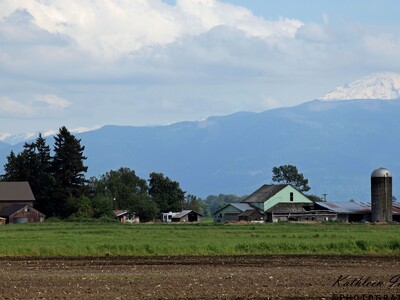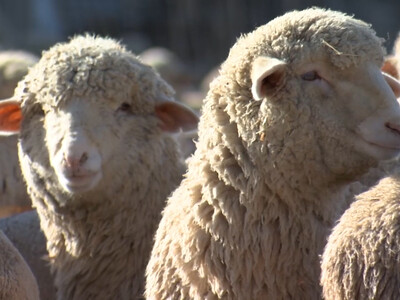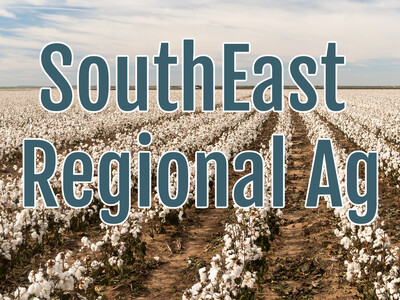Sage grouse protection
The Bureau of Land Management (BLM) will not be authorized to allow 16,000 sheep to graze on an allotment in southeastern Idaho, after a judge blocked the decision following a lawsuit intervention by Western Watersheds Project (WWP).Sheep would have been authorized to graze on the 270,000-acre Twin Buttes Allotment through the winter, which WWP said was harmful to one of the most important sage grouse connectivity and winter migration corridors north of the Snake River. The conservation group filed suit in a Department of Interior law court to challenge the decision.
“Despite having full access to high quality scientific reports produced by its own team of sage grouse experts for the Twin Buttes area, the BLM chose to ignore the best available science in favor of livestock producers,” said Patrick Kelly, WWP Idaho director, in a released statement.
“In a region of Idaho that has seen a 58% reduction in sage grouse populations since 2011, turning a blind eye to this imperiled species is both irresponsible and unacceptable. The BLM can and should do better when making decisions that impact habitat crucial to the long term survival of sage grouse.”
The group claims the allotment contains vital overwintering habitat for sage grouse, and the older sagebrush and lower elevations make the area ideal for the birds to seek protection in the winter.
WWP said BLM radio telemetry studies showed that each fall, sage grouse groups migrate down from the mountains in the north and into Twin Buttes to overwinter.
“Surrounded on nearly all sides by agricultural development and other human-caused disturbances, this refuge of public lands provides a narrow lifeline to the surrounding mountains, connecting sage grouse with the full suite of seasonal habitats it requires,” the group said.














